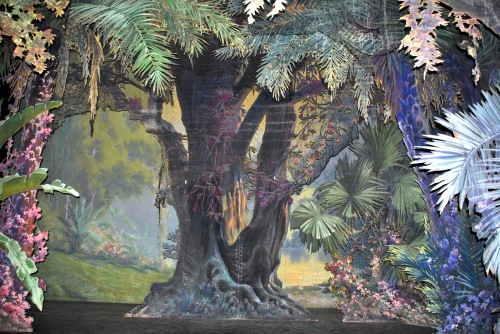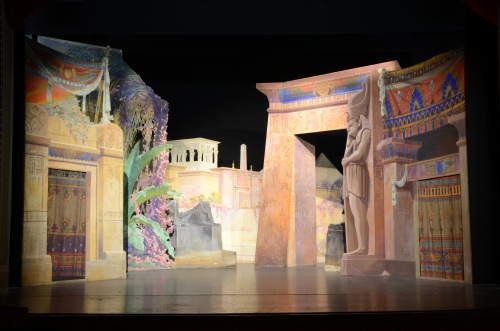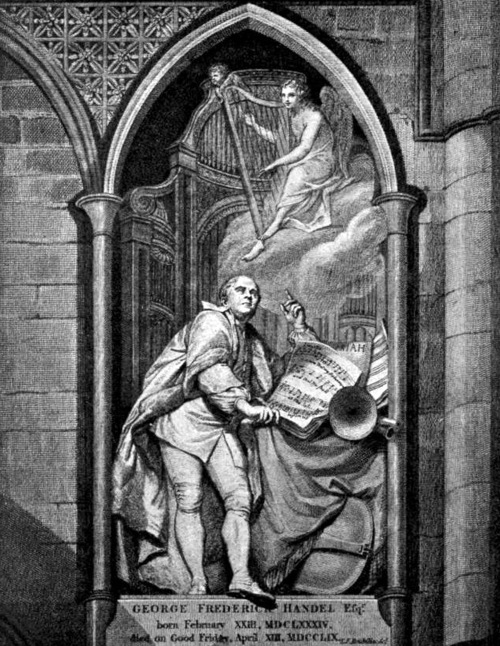Thailand’s National Elephant Institute is the first government-sponsored organization dedicated to the long-term future of the domesticated elephant; but it also requires funds from tourism for its upkeep.
To establish an orchestra that could raise financial support from tourists, instruments were designed that could be operable with elephants’ trunks, and that were large and strong enough to stand up to very powerful animals and monsoons. The Thai Elephant Orchestra was soon a reality.
To teach them, a mahout demonstrates an instrument and the elephant begins to play almost immediately. The animals learn through experimentation how to make their instruments sound the best.
Once the group is assembled, the mahouts cue the elephants to begin and stop playing. They now perform daily concerts, and often refuse to stop when they are told to do so.
This according to “Eine kleine naughtmusik: How nefarious nonartists cleverly imitate music” by David Soldier (Leonardo music journal XII [2002] pp. 53–58). Above and below, the orchestra in action.
Related article: Pachyderm proclamations














